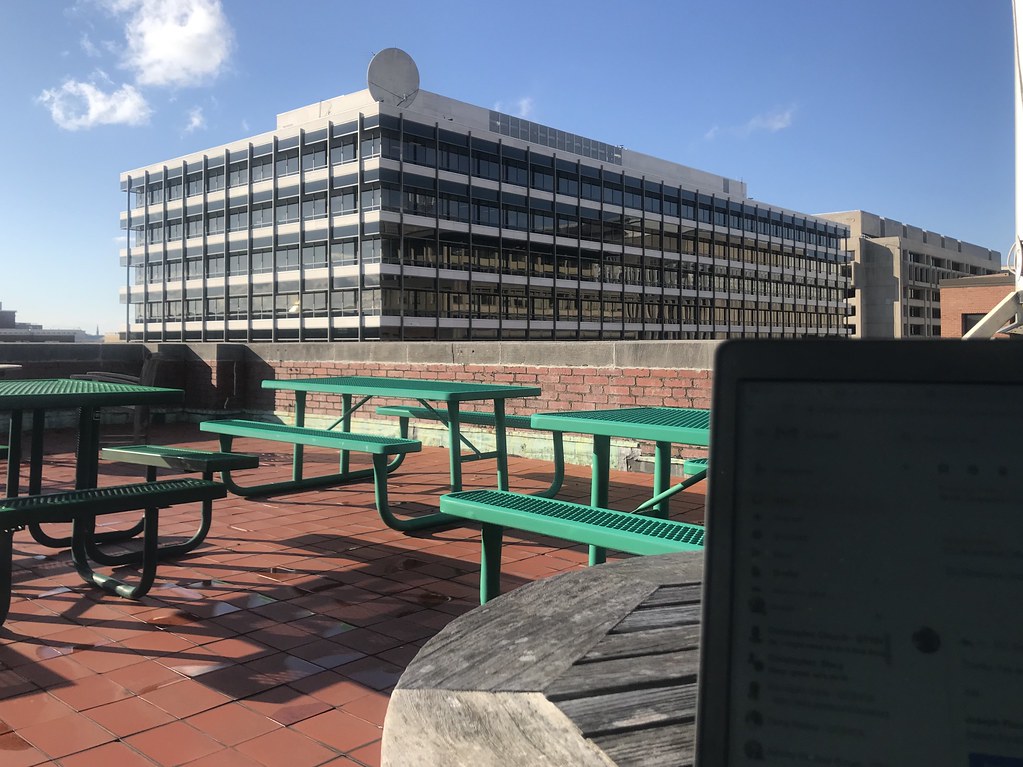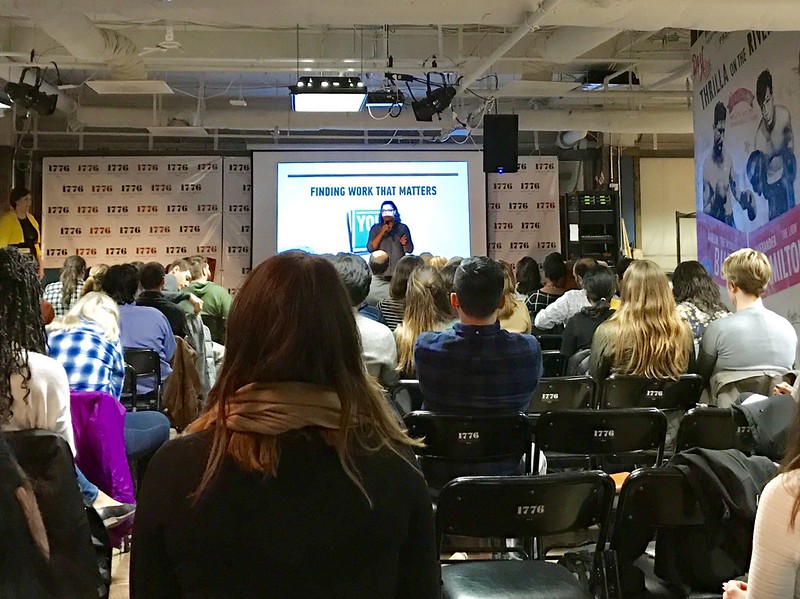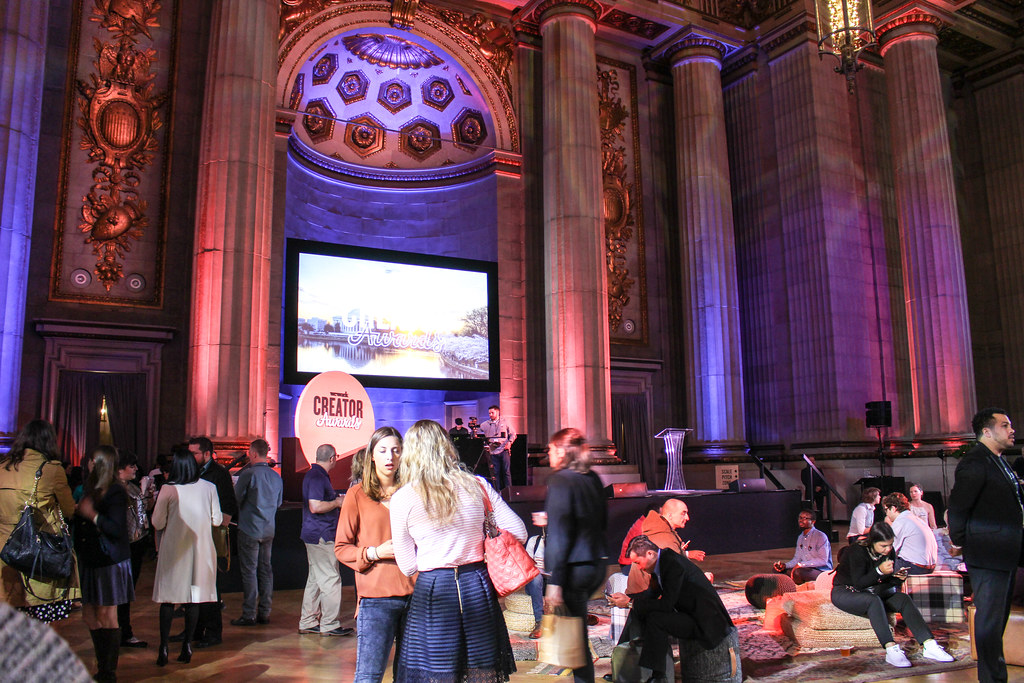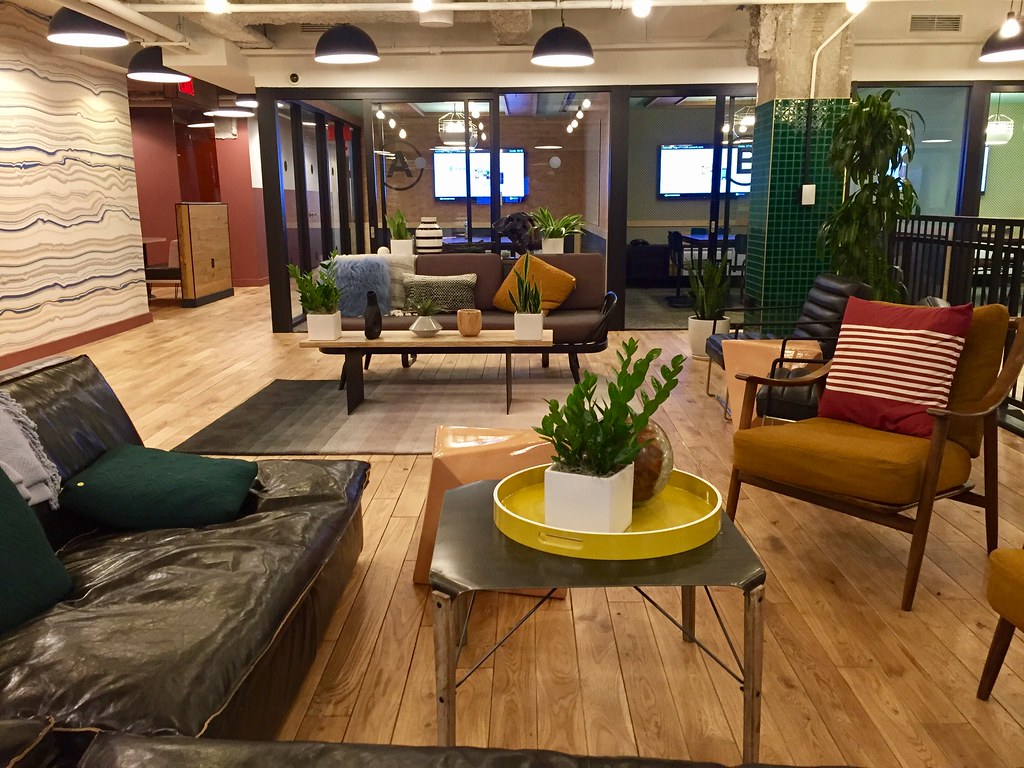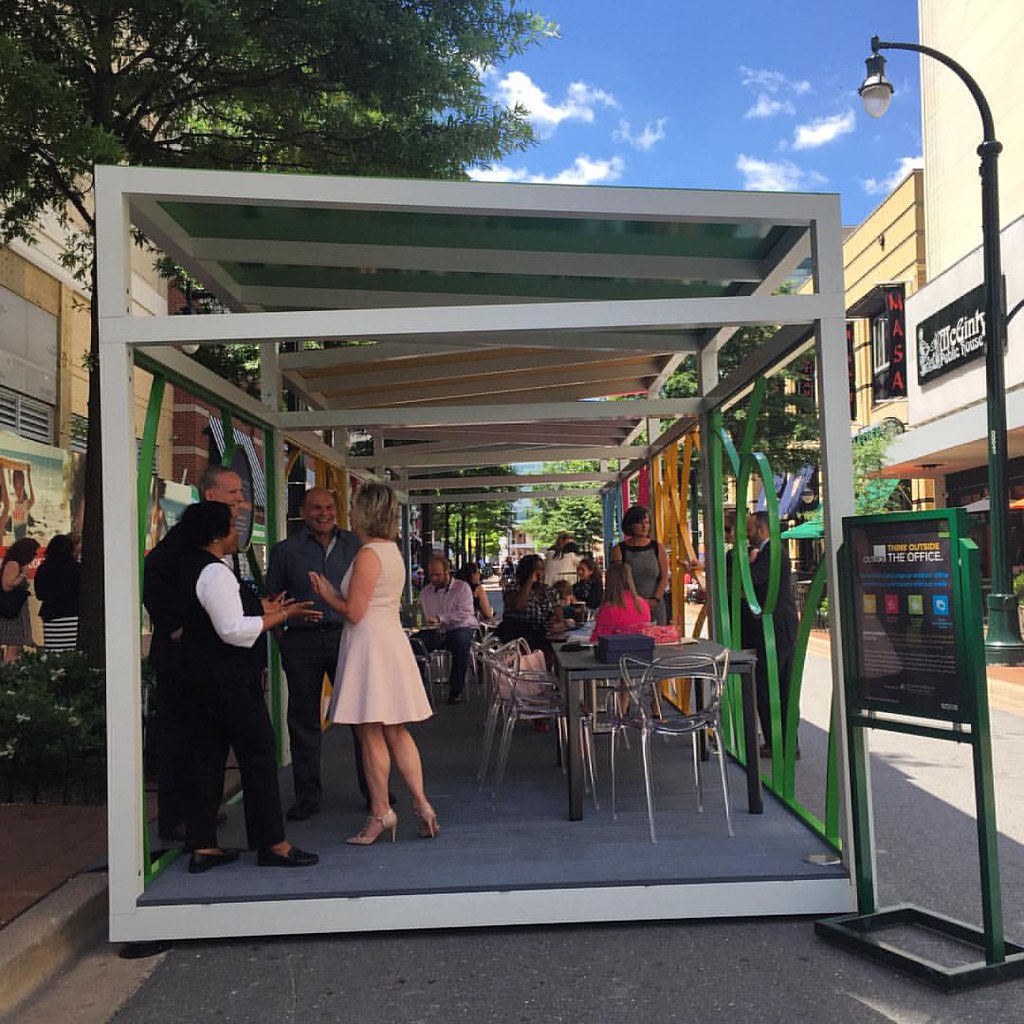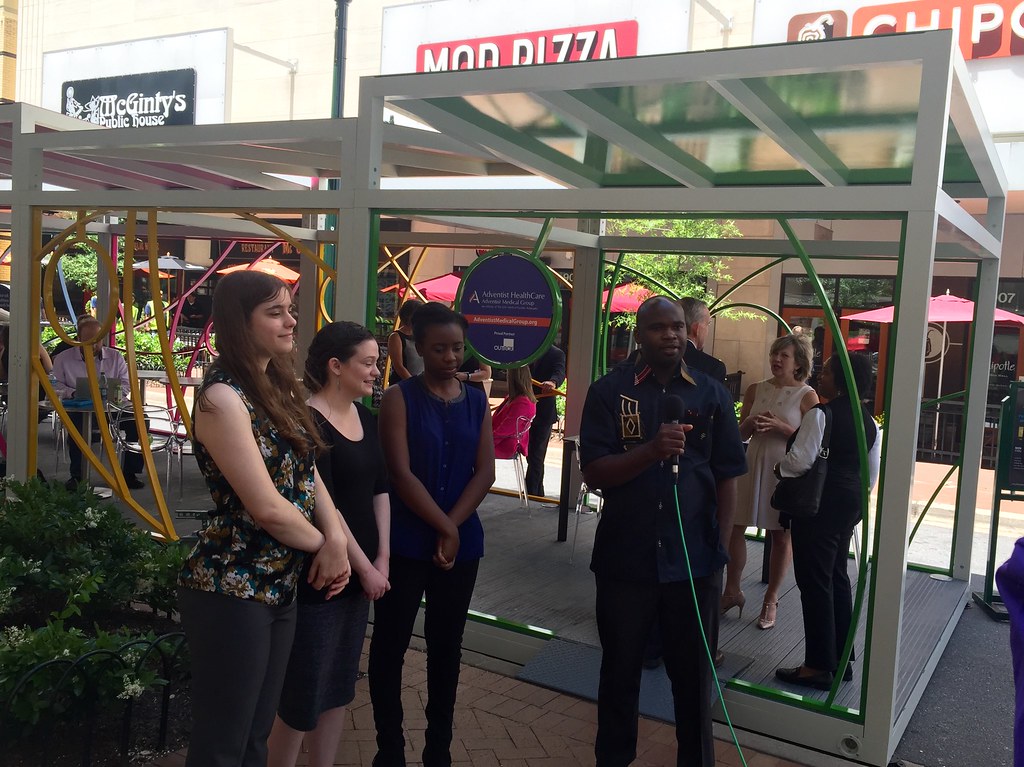With the threat of the COVID-19 virus, thousands of federal workers in Washington face the prospect of mandated telework.
I’ve been teleworking for a large government agency for more than a year as a communicator. I write. Words for screens, primarily.
While it sounds like a dream, making the transition from cubicle life to telework was surprisingly difficult. The office provides more than just a paycheck. Going to work gives meaning and structure to the day, as well as an instant social life.
Without an office to report to, I felt cut off, alone with my laptop, the little green status light in Google Chat my only reminder that I was part of something.
It made me a little crazy. How did I learn to telework without losing my mind?
Make a Routine
Putting on pants, sitting in a cubicle, following orders – those are habits that you learned. Probably very painfully in the first few months out of college. You learned how to office.
Now it’s time to make a new routine. The work is still there but the performative aspects of the office are no longer required. No need to wear a tie if you’re at home on the couch.
I keep the same schedule I did when I went to an office but instead I report to my neighborhood coffee shop. I wake up at the same time, get dressed, and leave the house with my laptop. But instead of commuting to work, I get coffee.
(Note: this is also how I wrote my first book! Every morning, I’d get myself to a coffee shop and write.)
Habits are important. I don’t need to think about my day. Instead, I know that when the alarm goes off, it’s time to report to work – at the coffee shop.
Enforce Work/Life Separation
Leaving my house to work is also a way to signal work/life separation. When I sit down at Peet’s, I know the workday has begun and personal time is over.
However, I can’t spend eight hours drinking coffee, as amazing as that sounds. After a couple hours, I return home.
With a laptop with you at all times, you will be tempted to read and answer emails at all hours of the day and night.
Don’t.
During office hours, do your work. When the day is over, put the laptop away. Remove it from your sight.
At the end of the workday, I unplug my Dell and return it to its bag. I even take the cord out and put it away so that I can’t see it.
I then go for a walk, even if it’s just around the block, to enforce the idea of work/life separation.
Be Available
Say you’re looking for a coworker. You go by their cube and they’re not around. No big deal. Probably in a meeting.
Paradoxically, when you telework, you’re expected to me more available than if you were in the office. You’re just sitting around at home – why don’t you answer my text?
No long lunch breaks when you telework. Be available. I make sure that my laptop is within earshot to hear the tell-tale bing of an email or message.
Cope with Missing Social Cues
The hardest part of adapting to telework is the absence of social cues.
Without a human across the table from you. It’s easy to misinterpret a text, chat or email message
Words on a screen are just pixels. I perceive your message based upon my previous experiences. A friendly reminder may not seem so friendly when it’s stark text popping up in a chat box.
Everyone communicates differently. We’ve all received emails that require collaboration from coworkers to decipher. We lean over the cubicle walls and ask, “What’s this all about?”
When in doubt, communicate more, not less. Fill in the gaps so that teleworkers can understand.
Working from home is a dream, if you do it right. Follow a daily routine. Create a work/life separation ritual. Make sure that the boss can see you (online) and ask for clarification if you don’t understand a message.
Thousands of federal workers in Washington are about to discover that it’s possible to be productive and sane while working from home.
